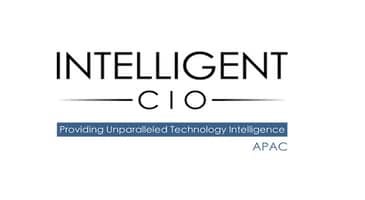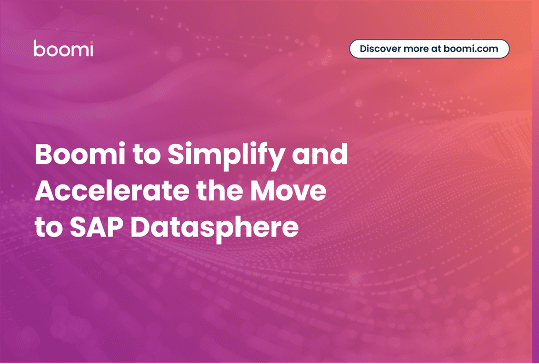
ERP vendors would often have you believe that their “all in one” approach is all your organization needs. The fact is, your business is unique, and the requirements of an insurance company are vastly different than an automotive supplier.
While you don’t want to rip and replace your ERP to bolt on industry-specific or best-of-breed applications, you do need the flexibility to be able to take advantage of that functionality.
The answer is composable ERP, a term that describes how agile architectures can free companies to keep the on-premises legacy ERP components that support their business while expanding into a public or private cloud for other applications. This approach can compartmentalize or “decompose” the ERP modules, creating more agile infrastructures that can be updated, moved, or changed more quickly.
A Boomi global ERP survey found that while nine out of 10 organizations worldwide were looking to composable ERP as a way to successfully link legacy and modern applications, fewer than half felt confident their current integration strategy was up to the challenge.
They’re struggling with integration and connectivity — how they can connect to all component applications and data across multiple clouds and systems. They’re confounded by data access and the barriers they face in providing an intelligent and managed source of master data. And they’re still blindsided about how they can gain real-time, organization-wide visibility into integrated data and processes.
The ultimate value of composable ERP can be measured in terms of speed — how quickly you can adapt functionality within short time cycles, the pace at which you can reconfigure based on changing business needs, and the time-to-results that will set you apart from your competition.
Your goal is to improve your agility by driving productivity and efficiency by adopting a composable ERP architecture combined with the decomposition of monolithic legacy ERP. To do that, you must be able to:
- Shorten implementation times with intelligent connectivity and automation
- Support changing business needs by configuring your ERP functionality to align with outcomes
- Improve and streamline performance with visibility into new composed processes and data
Rather than focusing on the ERP application you need, you need to first choose the right connected integration platform. Only then can gain full advantage of your ERP system and tune it to the prism of your organization’s needs.
Read our brief, “5 Strategies for Successful ERP Modernization,” to learn more about how a composable ERP approach can help your organization.


 English
English Deutsch
Deutsch Français
Français Italiano
Italiano 日本語
日本語

